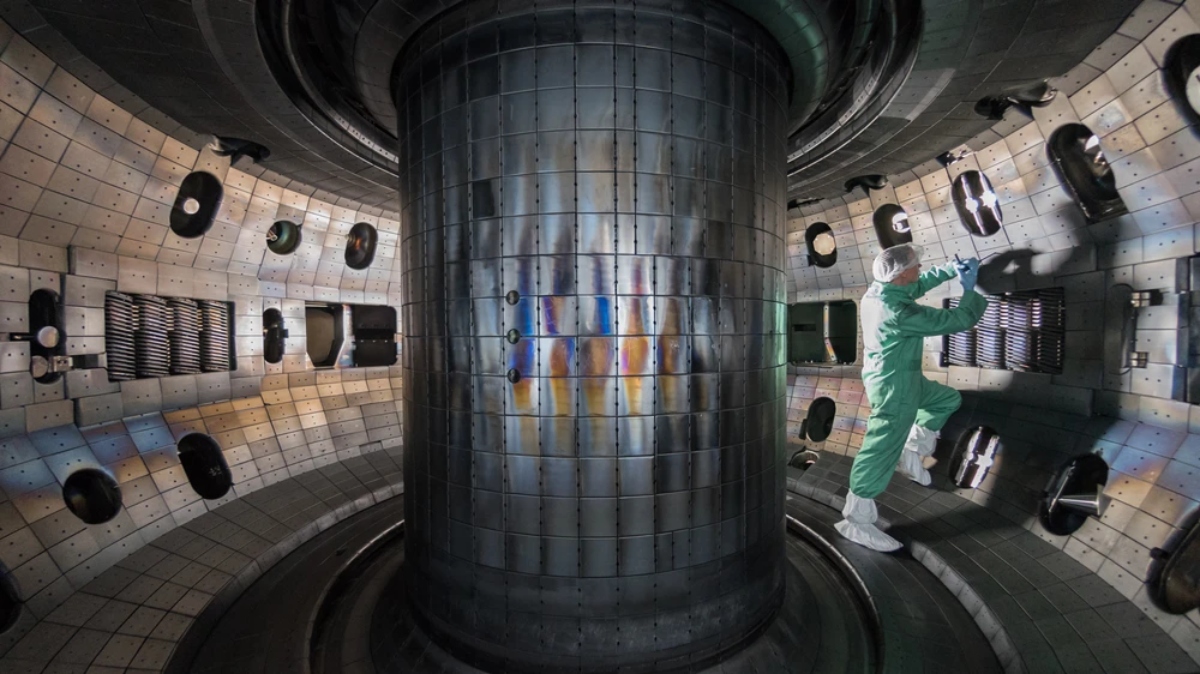A group of researchers from the University of Sussex (United Kingdom) developed a system that reproduces visual, auditory and tactile content simultaneously through ultrasound using 3D technology. This technique stimulates the user’s ears and skin so that the user can not only see the content but also hear and feel it. Don’t you think it’s great?
The news was announced in an article published in the scientific journal Nature . In this, they explain that the new system is called “multimodal acoustic trap display ” (Multimodal Acoustic Trap Display or also known by its acronym in English, MATD.
The biggest novelty is that, to enjoy 3D content, it is not necessary to use any type of glasses, virtual or augmented reality device. Therefore, it is possible to display various holograms such as a fluttering colored butterfly, emoticons or any type of image.
A new technology inspired by old television
This system is based on ‘acoustophoresis’, which basically consists of the migration of sound through the movement of its own waves.
According to the researchers:
“This system is responsible for trapping a particle using ultrasound (waves above the hearing ability of the human ear) and illuminates it with green, blue and red lights. This, in order to control its color while scanning it in less than 0.1 seconds in an open space, in such a way that it reproduces a volumetric or 3D content.”
The co-creator of this technology, and 3D user interface researcher at the university, Diego Martinez Plasencia, said in a press release:
“Even if it’s not audible to us, ultrasound is still a mechanical wave and carries energy through the air. Our prototype directs and focuses this energy, which can then stimulate your ears for audio, or stimulate your skin to feel the content.”
The prototype’s main creator, Dr. Ryuji Hirayama, said the new technology:
“It’s inspired by the old televisions that used a single color beam scanned across the screen so fast that your brain registers it as a single image.”
However, for this new prototype it uses the same system, but, “using a colored particle that can move so fast anywhere in 3D space that the naked eye sees a volumetric image in mid-air.”
Finally, the researchers state that this technology could be, in the near future, a tool applied to other fields such as biomedicine, architecture or design.
You can also read: New forms of monitoring and big data: the medicine of the future




